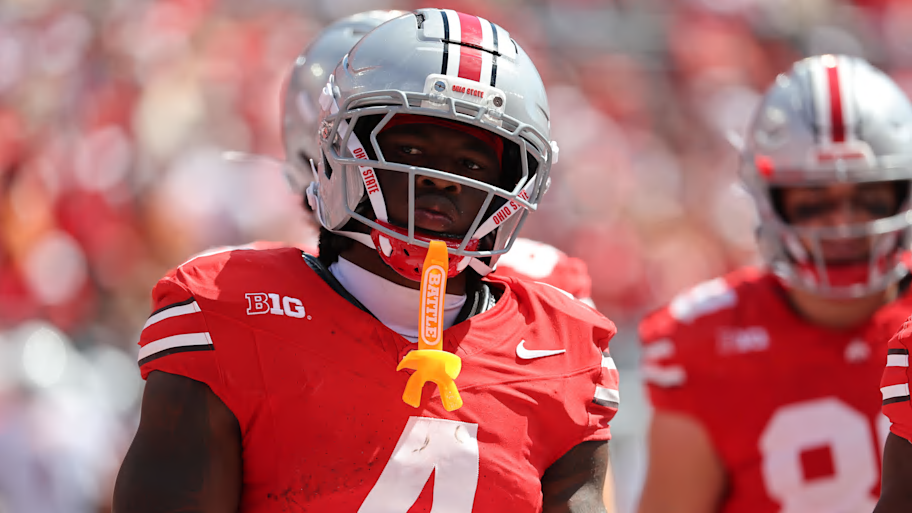
A wave of eye-popping figures has dominated college football’s NIL conversation this week, but industry reporting indicates no program has actually fielded a $40 million roster this season. On3’s Pete Nakos, who covers the business of college sports, reported Wednesday that "no college football roster has hit the mark (yet)," even as overall spending continues to climb.
The $40 million number resurfaced after Oklahoma State coach Mike Gundy suggested Oregon’s 2024 roster cost "close to $40 million," a claim Ducks coach Dan Lanning brushed aside while saying Oregon "spend[s] to win."
Throughout this week, the $40 million roster figure has been tossed around.
— Pete Nakos (@PeteNakos_) September 4, 2025
Here's the reality: No college football roster has hit the mark (yet). $20 million is now the price of admission for competing at the top of the sport.
Read: https://t.co/IBEzCLZM63 pic.twitter.com/M1Sh0Huydf
Former Alabama quarterback A.J. McCarron added fuel by claiming on a podcast that some teams have $40–50 million in NIL while Alabama is "less than $20 million." McCarron said the number came from “multiple people in the program.”
Reality, however, lands lower. On3’s mid-July survey of 17 stakeholders (coaches, administrators, collectives and agents) identified the sport’s biggest spenders for 2025 and put Ohio State among the top rosters — north of $35 million — while Texas Tech was pegged at more than $28 million.
The spending surge coincides with college sports’ first season of revenue sharing. Under terms of the House v. NCAA settlement framework, schools may share up to $20.5 million directly with athletes in 2025-26, a cap that is expected to rise roughly 4% annually to about $32.9 million by 2034-35. Many SEC programs plan to steer about three-quarters of that pool to football — roughly $13–14 million.

Third-party NIL dollars have not disappeared. In fact, many collectives "front-loaded" deals this summer before a new national clearinghouse began stricter oversight of agreements. The NCAA’s newly created College Sports Commission now requires athletes to report third-party NIL deals totaling $600 or more, while collectives raced to move money on June 30 ahead of those rules.
Even with swelling budgets, $40 million remains more of a talking point than an actual number. $20 million seems to be the price of admission to compete at the top as 15–20 Power Four programs are around or above that figure — notably Ohio State, Texas, Oregon, Texas Tech, Texas A&M, Miami and others.

There are disparate paths to success. Illinois finished 10–3 in 2024 on what coach Bret Bielema has said was roughly a $5 million roster budget.
As for Alabama, McCarron’s "under $20 million" claim is in dispute. Public records show the Crimson Tide spent about $5.2–$5.3 million on recruiting in 2024 (top-five nationally) and the department says it will fully fund the new revenue-sharing model. Combined with ongoing collective activity through Yea Alabama, the Tide’s total football compensation this season likely approaches, but does not clearly exceed, the $20 million line.
More must-reads:
- Texas HC addresses Arch Manning injury rumors
- Five takeaways from CFB Week 2: OU is back, Oregon is dangerous and Billy Napier is feeling the heat
- The 'College football FBS nicknames' quiz
Breaking News
Trending News
Customize Your Newsletter
 +
+
Get the latest news and rumors, customized to your favorite sports and teams. Emailed daily. Always free!








